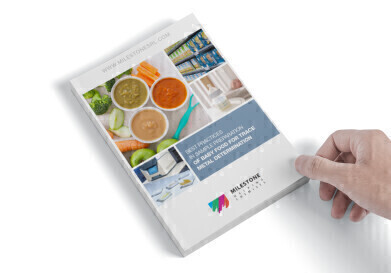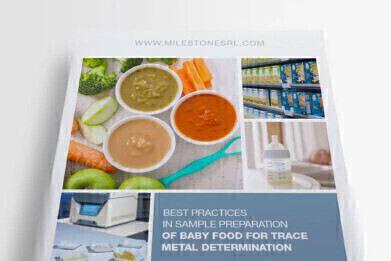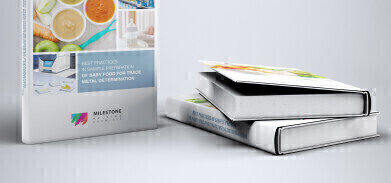Laboratory Products
Best practices in sample preparation of baby food for trace metal determination
Feb 28 2023
Food is the fuel for life and to keep our body in balance requires a careful consideration of the quality and the quantity of our food choices. There are some elements that we must not ingest, such as arsenic, cadmium, lead, and mercury. All these elements are critical if present in foods, and even worse if these foods are used to feed babies and infants. The Baby Food Safety Act of 2021, a new bill of the United States Congress, defines “infant and toddler food” as food intended for sale to children up to 36 months of age, including infant formula.”
Based on this background, the next steps to act would logically include increasing information about food composition and, of course, determining the concentrations of these elemental contaminants.
According to the new legislation we must be able to measure concentrations of As, Cd, Hg, and Pb in levels from 2 to 15 µg/kg. Analytical chemists have developed powerful strategies for determining trace elements. Of course, modern instrumental methods, e.g., inductively coupled plasma mass spectrometry, are important for meeting these analytical demands. However, despite having proper instrumentation available, we need to strengthen the analyst’s culture about working with trace concentrations and to educate the community about contamination sources in typical analytical procedures. Once again sample preparation will be shown as a fundamental step for obtaining accurate and precise results in trace analysis. Some items to which we must pay close attention include:
- Purity of reagents, as well as how they can be easily purified
- Contamination and cleaning of laboratory materials
- Sample preparation procedures that involve digesting high amounts of samples using low volumes of purified nitric acid
- Analytical procedures with lower numbers of successive steps
All these points will be highlighted in this book and we will demonstrate how optimized procedures can be successfully developed and applied to meeting the demands of a “closer to zero plan.”
Digital Edition
ILM 49.5 July
July 2024
Chromatography Articles - Understanding PFAS: Analysis and Implications Mass Spectrometry & Spectroscopy Articles - MS detection of Alzheimer’s blood-based biomarkers LIMS - Essent...
View all digital editions
Events
Jul 28 2024 San Diego, CA USA
Jul 30 2024 Jakarta, Indonesia
Jul 31 2024 Chengdu, China
ACS National Meeting - Fall 2024
Aug 18 2024 Denver, CO, USA
Aug 25 2024 Copenhagen, Denmark



-(1)-(1).jpg)


24_06.jpg)













